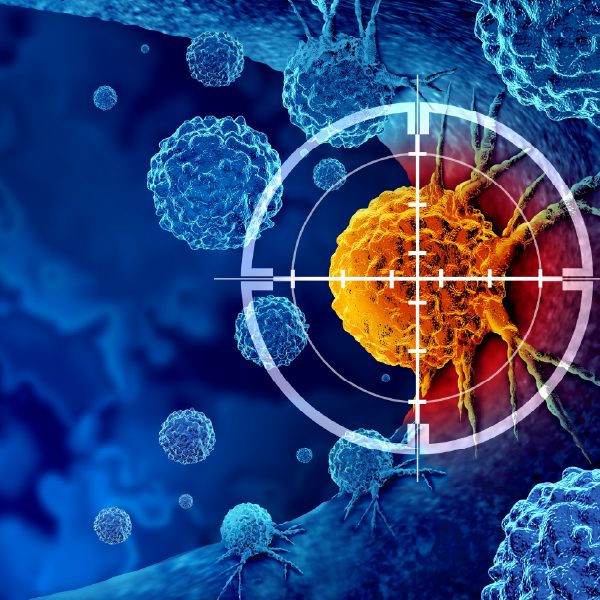Tips for Successful Medical Device Development and Approval

For Sponsors planning to manufacture or distribute a medical device in the US, understanding regulatory requirements is of the utmost importance. Medical device development and approval are regulated by the FDA, under the jurisdiction of the Center for Devices and Radiologic Health (CDRH). Not all medical devices are created equal, however. It is important to understand where a medical device falls within the FDA’s classification, so the proper steps may be followed to achieve approval in a timely fashion.
Classifying medical devices
The first question to consider is, where is the device classified in the CDRH system? For example, is the medical device an in vitro diagnostic product? A drug/device combination? Or a straightforward medical device? The answer to this directs the path to follow. Diagnostic products have their own regulations, as do drug/device combinations and stand-alone medical devices. This blog will focus on stand-alone medical devices.
A stand-alone medical device can be anything from a piece of equipment such as an electrocardiogram machine to a silicone breast implant to a hydrogel applied topically to burn patients. In all cases, a medical device cannot exert a biologic effect on the body, or it will be considered a drug and is regulated differently. It is therefore important to first understand how the device under consideration works.
The FDA is primarily a regulatory safety body, and as such, classifies medical devices according to their risk. Three classes of medical devices exist, known as Class I, Class II, and Class III.
The FDA relies on precedence in the determination of where a device is categorized. An extensive amount of data exists within the FDA regarding what are known as “predicate” devices. These are devices of the same type the FDA has previously approved. A crucial step in determining the road to approval for a medical device is choosing the proper predicate device as a guide for development and whether the device is Class I, Class II, or Class III.
Class I Medical Devices
Class I medical devices are the category with the lowest risk, I.e., have a minimal chance of harming the patient. A Class I device may be categorized as “exempt,” which means a formal request for approval to market the device is not required. A Class I Exempt device may be marketed immediately. However, the FDA can inspect the manufacturing process and other records associated with the Class I Exempt device, and the Sponsor must maintain proper documentation.
The 510(k) – Class II Medical Devices
Some Class I and all Class II medical devices require the filing of a document called a 510(k)/Premarket Notification to demonstrate that the device to be marketed is as safe and effective (substantially effective) as a legally marketed device (predicate device).
The critical element of a successful 510(k) submission is choosing the proper predicate device, unless the medical device is an entirely new type of device, known as a “de novo” device.
In most cases, medical devices have predicates. Information about the approval of the predicate device drives the work needed to be included in the 510(k), which can consist of safety testing, compatibility testing, software validation, and on occasion, animal, or human testing. The testing requirements become the rate-limiting step in filing a 510(k), after which the FDA has 90 days to respond with approval or questions. The statement of Indication of Use must match the predicate device. A solid strategic development plan can be crafted using the 510(k) table of contents, and all pieces required for a successful 510(k) can be developed.
The IDE/PMA – Class III Medical Devices
Class III medical devices require the filing of a different set of documents. Class III devices sustain or support life, are implanted, or present a potential unreasonable risk of illness or injury to a patient. Class III devices require a clinical trial program like that conducted for a new drug.
A document called an investigational device exemption (IDE) is submitted to the FDA. The IDE allows an investigational device to be tested in patients to collect safety and effectiveness data required to support a premarket approval (PMA) submission. Choosing a proper predicate, if one exists, can also help drive the development work needed for a successful PMA.
Developing a medical device and seeking marketing approval for that medical device in the US can seem like a confusing and daunting process to someone not familiar with the field. However, with clear direction and an understanding of the correct development path, Sponsors can achieve a successful marketing approval of their medical devices.
By: Gary Pekoe, Senior Medical Writer
For questions on medical devices and seeking marketing approval, request a meeting with Jessica Murdock here. Learn more about regulatory and medical writing at MMS here.











